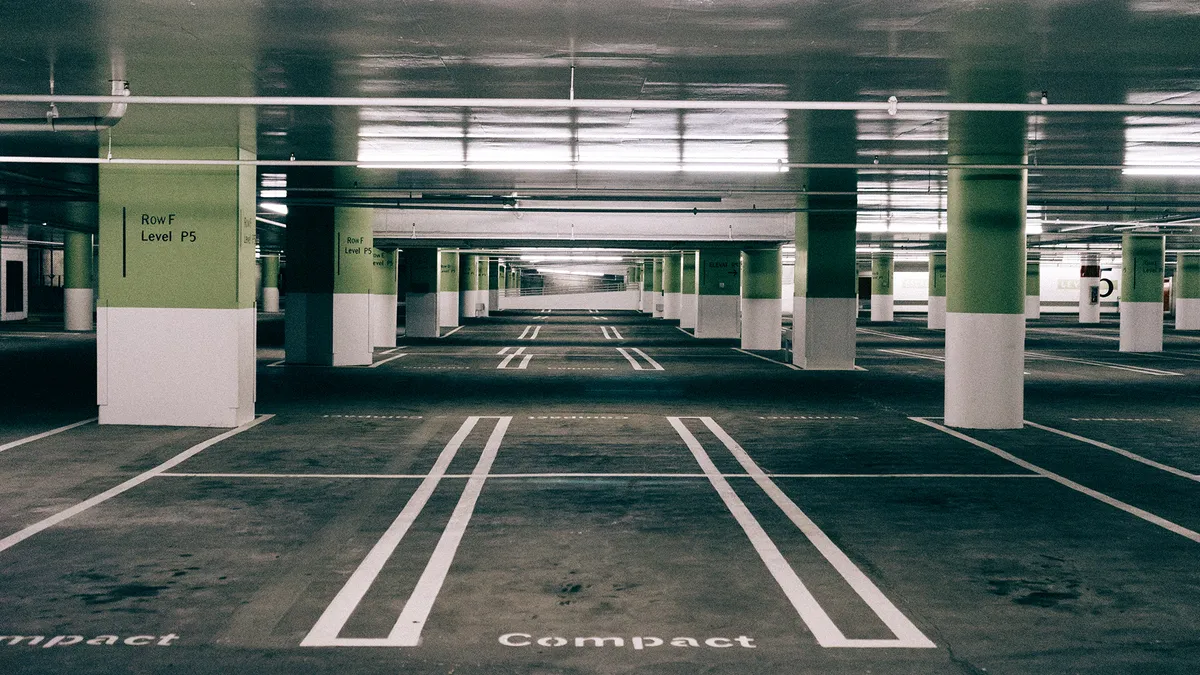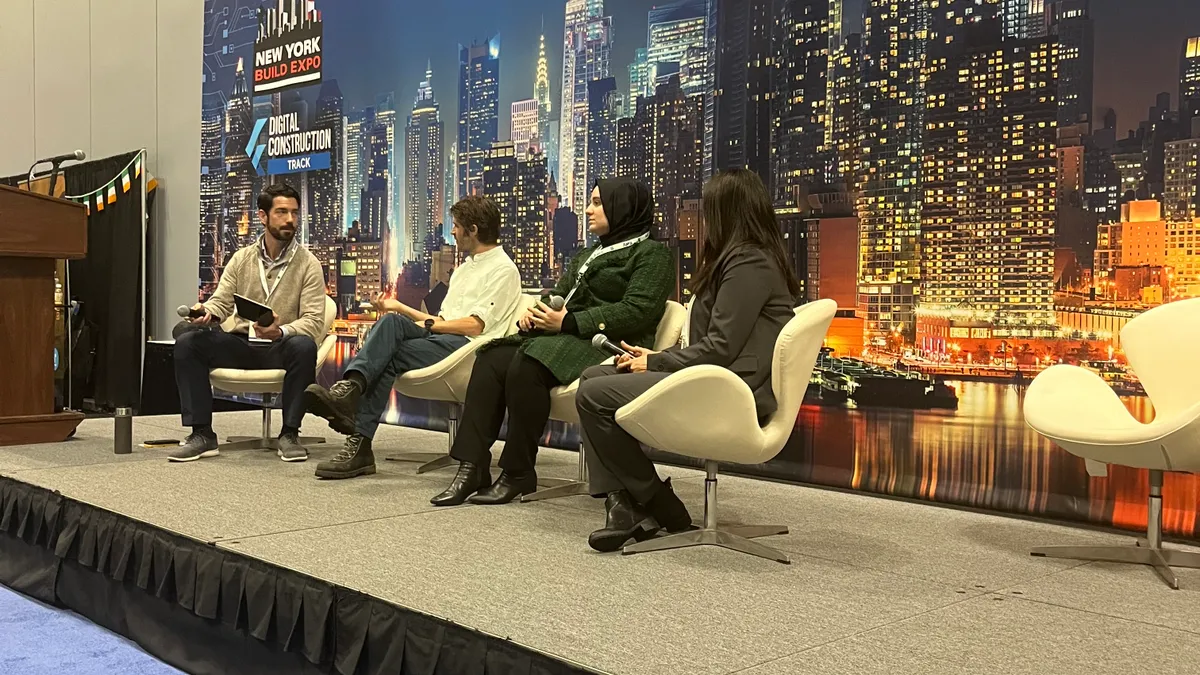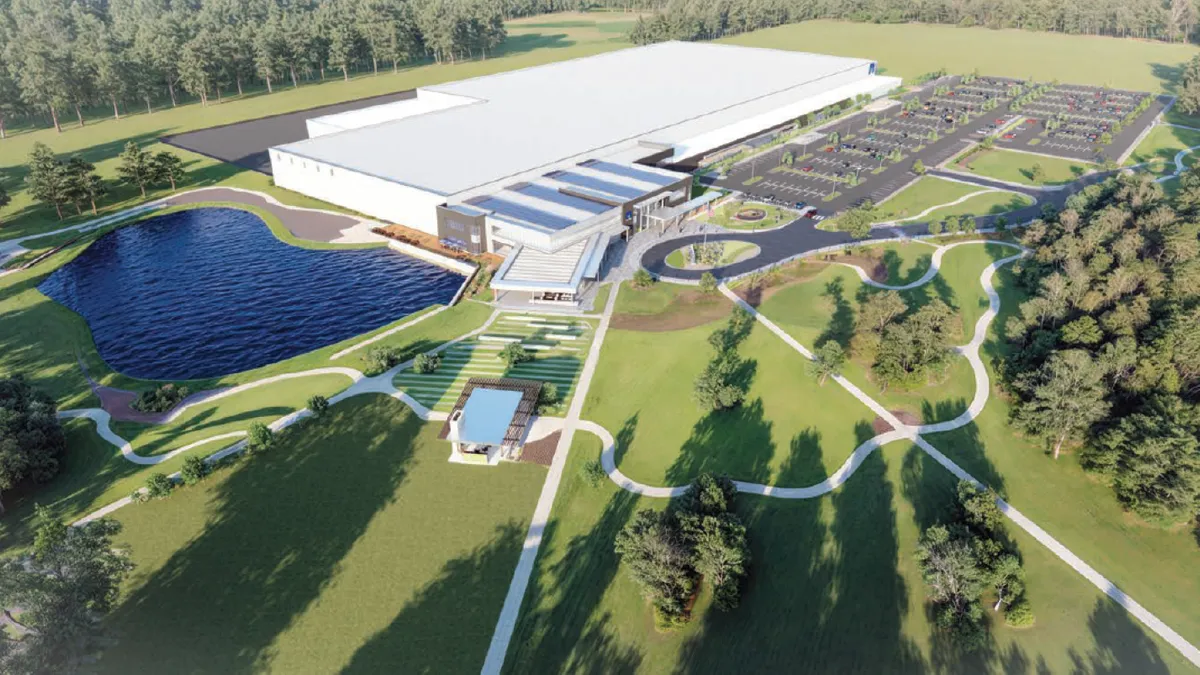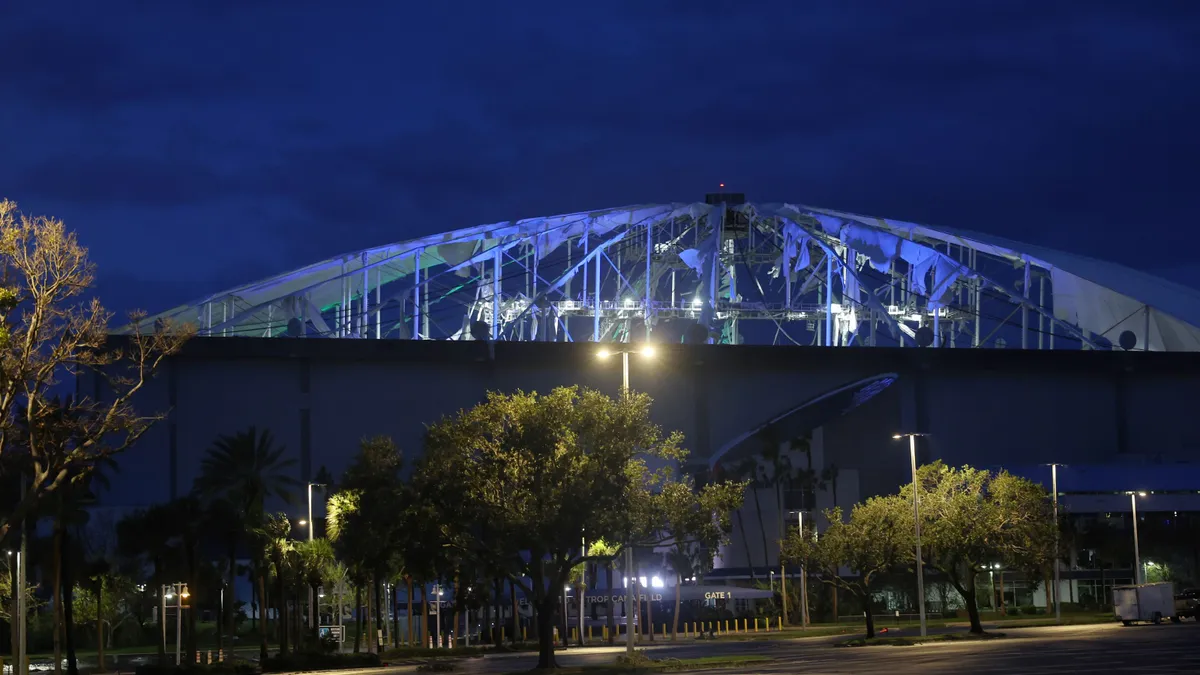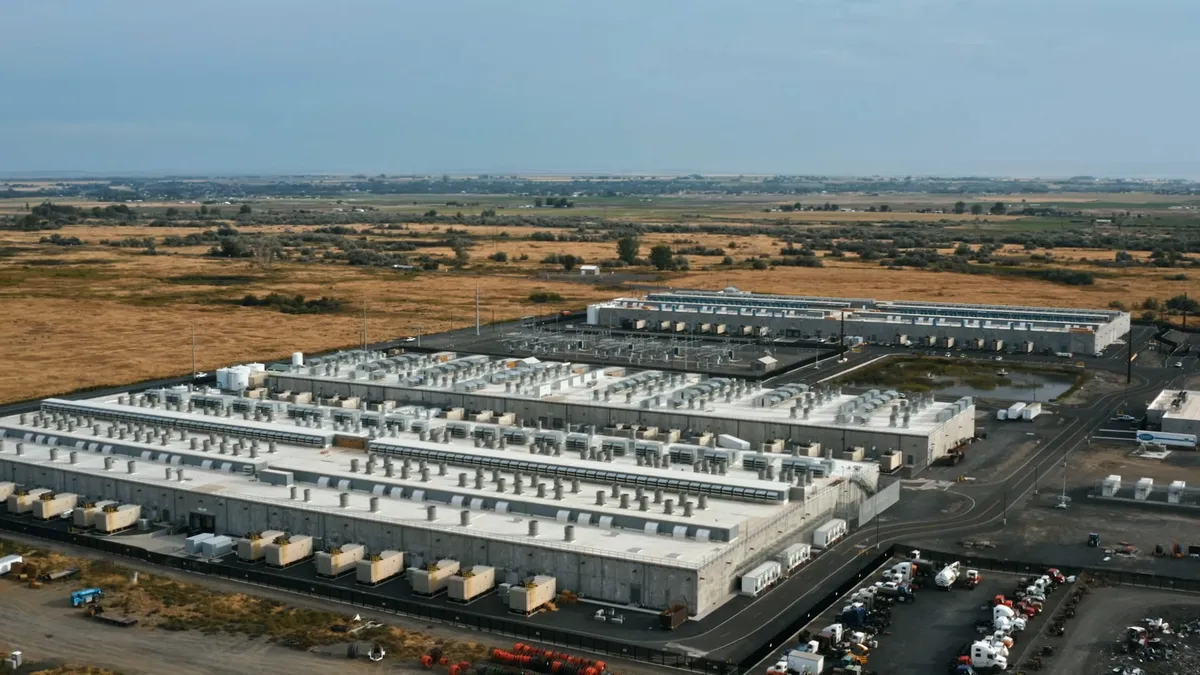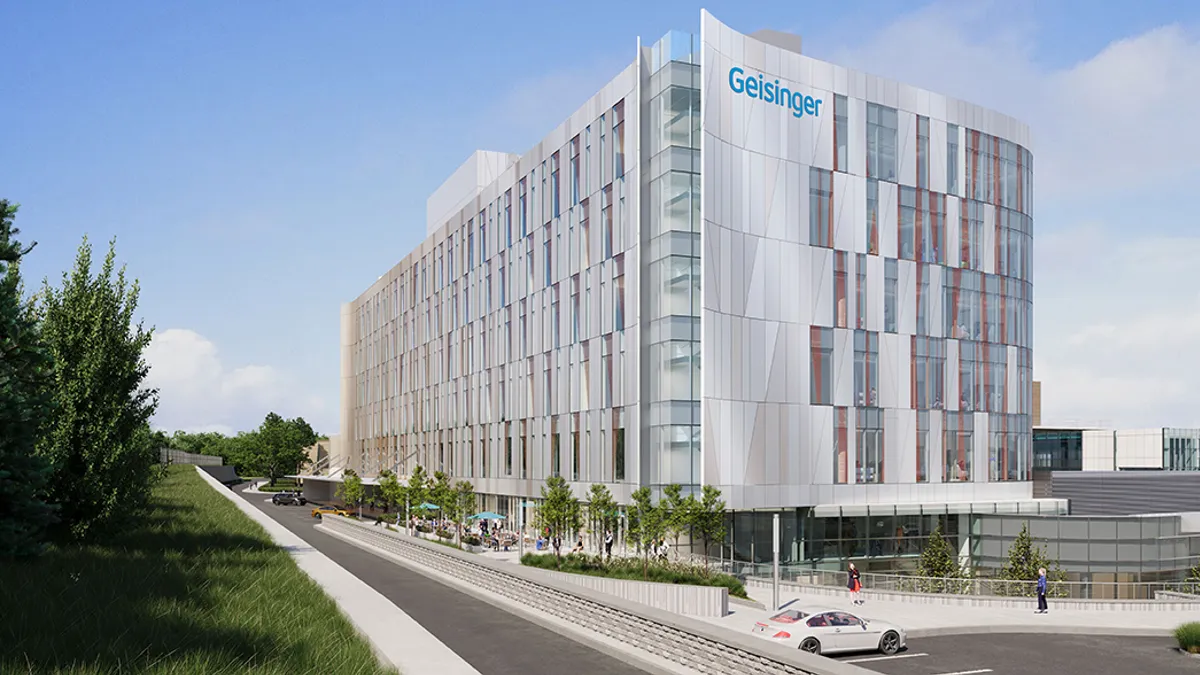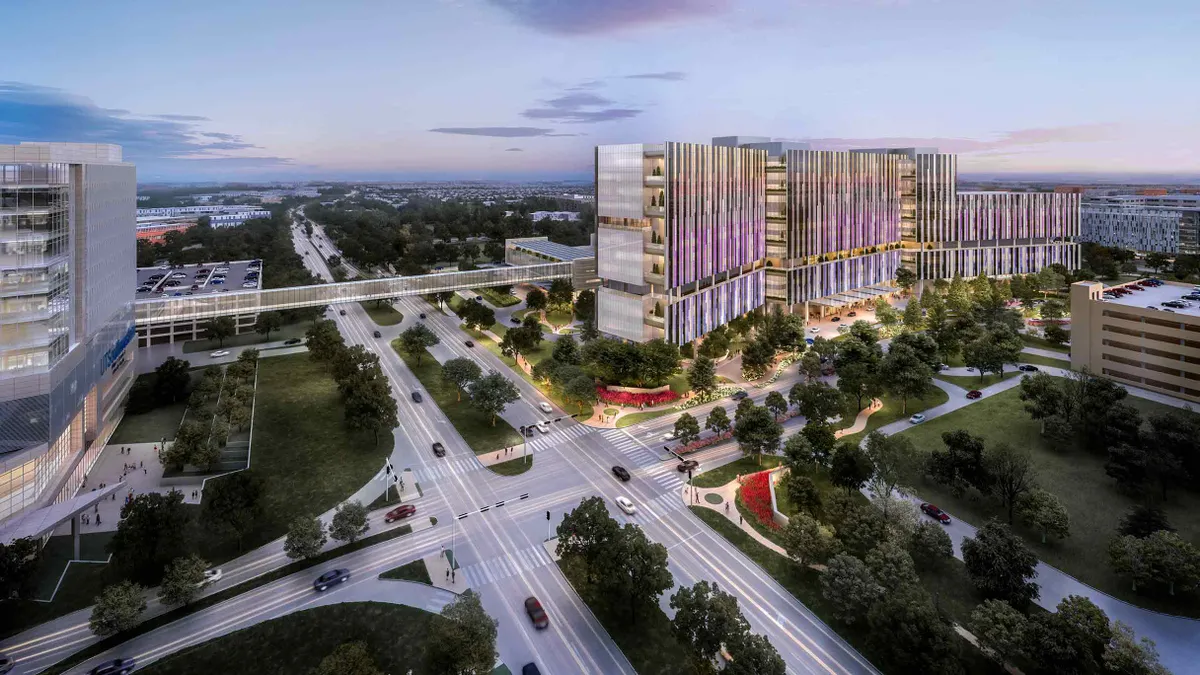The efforts that go into designing a parking garage will likely never be acknowledged in the same way as the work that's done to bring a sparkling skyscraper out of the ground. However, the structures that are a fixture in most American cities serve a vital, practical need.
But the basic parking garage isn't so basic anymore, particularly because municipalities and the people who live near high-traffic and congested areas are insisting that developers envision their projects in such a way that will either encourage the use of mass transit or camouflage them so that they will be integrated as seamlessly as possible into the aesthetic of associated buildings and public gathering areas.
Change is already happening
For instance, Seattle has chosen to steer development away from parking structures that tower over streets and sidewalks along with office buildings, residential high-rises and hotels, according to Phil Greany, construction executive at Mortenson's Seattle office.
Seattle is in the midst of a tech company-driven building boom, and, according to Greany, those workers often want to live, work and play in the same neighborhood, so cars and parking are a secondary concern. Amazon employees, for example, who live near company headquarters can walk to and from work instead of driving.
The city has also reinforced the urban, walkable sensibility by encouraging developers to design with pedestrian access in mind and include features like "parklets" where on-street parking spaces would normally be located. Seattle promotes underground parking when possible, along with design that "camouflages" parking garages so that they can blend in with the greenery that lines many streets, according to Greany.
Along those lines, Al Carroll, executive vice president for McCarthy Building Companies' Southern California division, said that he is seeing the increased use of parking garage "wraps" when it comes to mid-rise, multifamily residential buildings. "The residential building wraps around the parking structure, concealing its exterior from view," he said.
Carroll noted, though, that because the floor-to-floor height of each level of the garage must usually match up with the relatively lower floor-to-floor height of a typical multifamily building, the design is sometimes not as efficient as a detached parking garage that is common next to an office building or some other commercial project.
However, some new parking garage design trends — even mandates — are easier to deliver than others.
Paul Commito, senior vice president of development at Brandywine Realty Trust, said that city planners in Philadelphia, where the company built the city's first elevated park on top of a University City-area parking garage, prefers below-grade parking.
The city wants its citizens to be less "parking-dependent" and requires developers of new parking structures to go through a special review process if they want to build a traditional, above-ground facility, according to Commito.
"The only problem is that the urban environment makes it almost prohibitively expensive to go underground with parking," he said.
Most owners, Carroll said, will try to keep the parking structure above-grade when the zoning and site conditions allow. "While integrating below-grade parking with an above-grade mixed-use [or] office facility results in a much smaller building footprint requiring less land use, it increases the cost of the subterranean parking component significantly, which is already at a high premium compared to above-grade structures," he said.
Another consideration when going underground with parking is the type of soil, according to Scott Desharnais, executive vice president at Moss Construction Management. "With the new soil-mixing technology, it has become more economically feasible to put parking underground. This has been particularly important in dense areas where land is scarce," he said.
Even so, Desharnais said that the deepest parking structures the company has seen are only two levels underground. "We could see basements go lower in the future as the soil-mixing technology becomes more common," he said. "For now, on most large buildings requiring a lot of parking, we will still normally see several floors above grade."
Where sustainability comes into play
So, how does one make those above-ground, concrete parking garages more sustainable and slightly easier for forward-thinking city planners to accept? To put it simply, developers are turning them green with elements like electric car-charging stations, green space and solar power.
Commito said that because of the availability of a wide variety of transportation options in Philadelphia, the company's Cira Centre project, a transit-oriented, mixed-use commercial project along the Schuylkill River, was able to transform the top of the complex's parking garage into a park, as well as a stormwater management system and green roof. The park opened about a year and a half ago and has "proven to be well-received," Commito said.
Solar power and electric charging stations go hand-in-hand at a few of real estate development firm DANAC's parking garages. C.J. Colavito, director of engineering for Standard Solar — which installed the solar panels on one of DANAC's parking structures and a parking lot — said solar pays off financially for building owners, so it's not so much a case of trying to make a parking garage look better, but of making economic sense.
Electric car charging stations, though, are a different matter. "It's a chicken and egg situation," Colavito said. Employers might want to install them if they see their employees using them, but employees might not invest in an electric car until their employer puts a charging station in the parking facility. It's not a moneymaker like solar, he said, but more of a perk for the public and a building's tenants or workers.
Cities and local governments are playing a role in this area as well, Colavito said, because green initiatives like solar, stormwater and charging stations sometimes also come with sizeable grants that make including them in a project financially worthwhile.
What's next for parking garage design and construction
So what does the future hold for the parking garage?
"The trend we’re seeing is that a greater proportion of the population is moving to cities [and] urban areas," Carroll said. This is going to require urban planners to make allowances for the increased population, and to determine how those extra people will move around an increasingly dense area in the most efficient way possible.
"Public transit and driverless vehicles will definitely cause some reduction in demand for structured parking facilities," he added, although driverless vehicle technology is still in the early stages of development.
Millennials will also influence the demand for parking spaces. This demographic, Carroll said, does not put as high a value on car ownership as older generations do, with many viewing it as a waste of time and resources. A significant portion would rather use mass transit or ride hailing services, he said, allowing them to be social during commutes and leaving the driving to someone else.
Some owners, he said, have anticipated the shift away from parking garages and are thinking about designing parking structures with greater floor-to-floor heights and other design elements that will allow them to repurpose the buildings into multifamily, retail, office and other types of mixed-use facilities — in case parking demand starts to plummet.
Desharnais said his company has also seen the trend of fewer freestanding garages in favor of those that are integrated into a specific project. And with the help of car lifts, which allow two or three cars to be stacked into one space, the footprint of garages is shrinking as well.
However, the most impactful change to the future of parking structures, Desharnais said, will come from cities and local governments. "Most municipalities still require a certain amount of parking spaces for each residential unit," he said. "In the future, if they would relax this requirement, it could spur more urban development and discourage people from driving."


